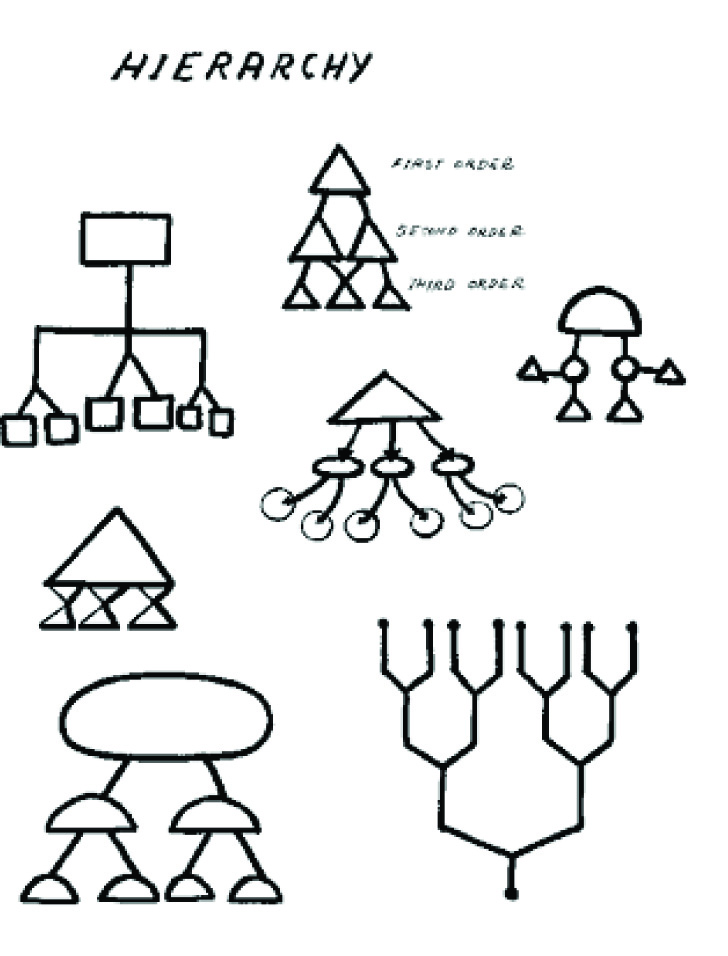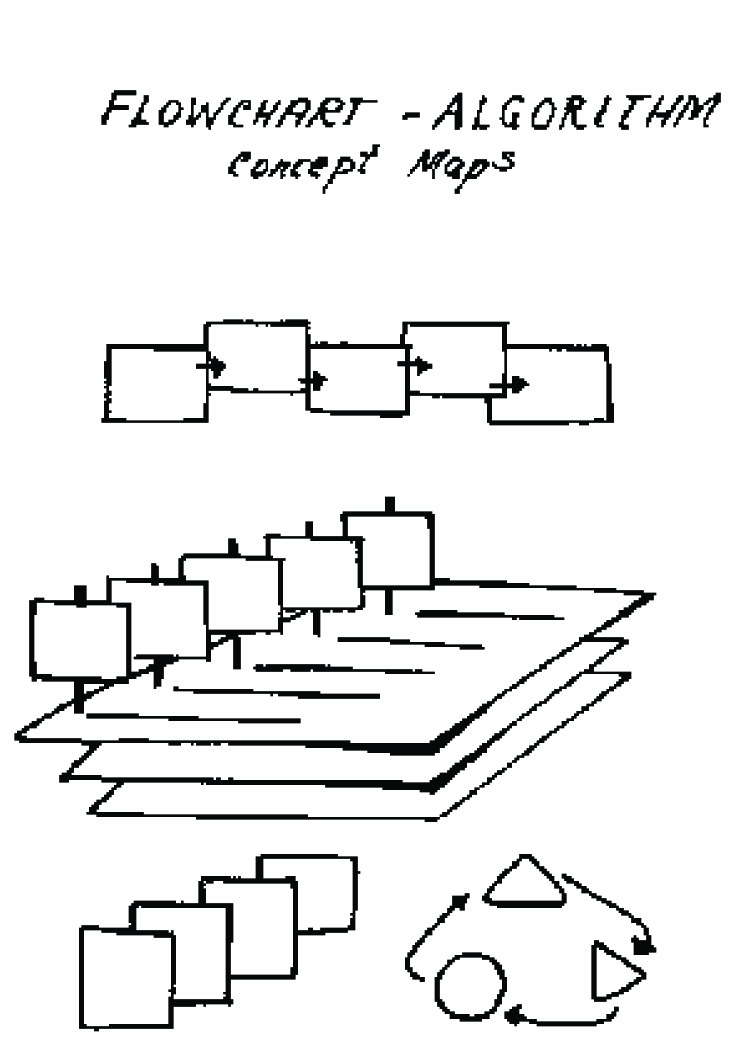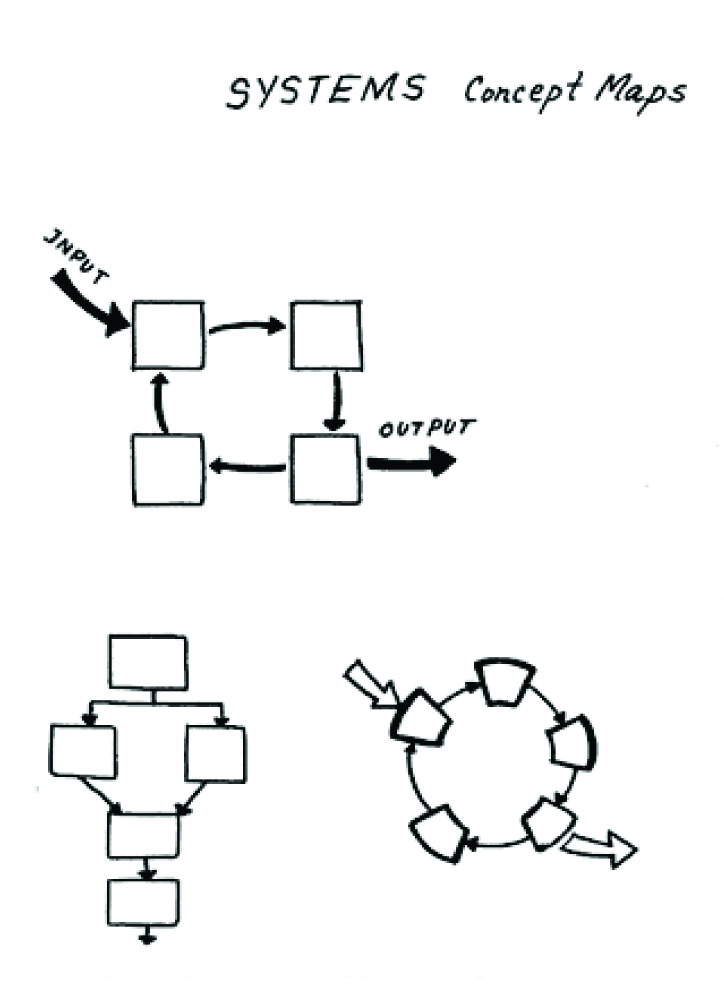|
Concept Mapping: A Science-based Tool for Planning
to Write Scientists and engineers use mapping tools (e.g., flow charts,
Gantt charts) to visualize ways to control, understand, and
balance various aspects of projects. These mapping tools prompt
visual thinking, which is valuable for engineers and
scientists as they plan, revise, and write. |
||||||||||||
| In the Cain Project’s “Writing
the Research Proposal” workshop, graduate students, during
an initial session, prepare concept maps depicting their individual
research proposals. As students identify components of their proposals,
they identify the proposal’s general shape. Organization occurs
as students create a hierarchy by which to order components. Revision
begins as students look for connections and relationships. Determining
those relationships requires the highest level of critical thinking.
As Jon Margerum-Leys (Univ. of Michigan) says, concept mapping is
a “sneaky way” to get students to revise at the concept
level instead of at the word or sentence level. As students move
to other proposal topics, they return to their maps to jot ideas
or to refine
connections between concepts. Mapping encourages convergent thinking and a number of additional benefits that are shown in the box in the left-hand hand column on the next page. Perhaps the greatest return on the time invested is the retention and insight that come from manipulating the information. Because students must first articulate their central idea, all other information stems from this core; thus, students examine the ways in which ideas fit together and look for new ideas that should be included. One PhD student commented, “The good thing [about mapping] is that it gives me a chance to step away from my proposal. Then, I can see the big picture in my problem.” |
|
|||||||||||
If you want to try an easy electronic version of mapping, download a trial version of Inspiration®, a software program that enables users to quickly and easily create concept maps. Originally designed for K-12 use, Inspiration® has been embraced by many engineers and scientists as a first-rate planning tool: www.inspiration.com/productinfo/inspiration/index.cfm. |
||||||||||||
|
||||||||||||
| Cain Project Home>>Newsletters |
Spring Newsletter 2005 PPage
1
|




